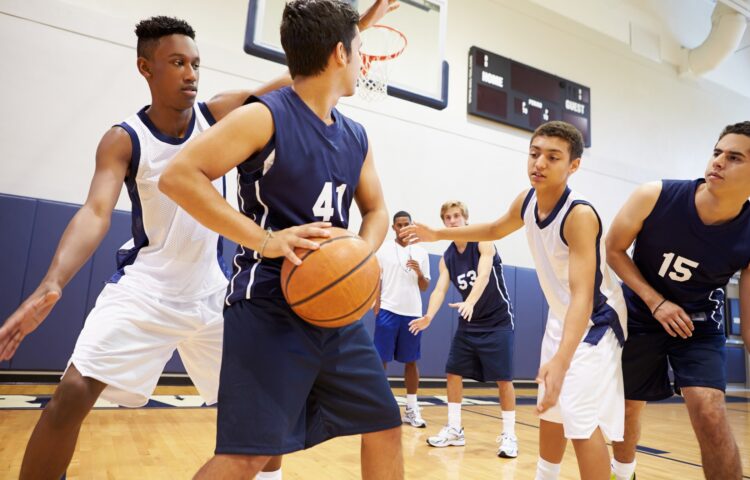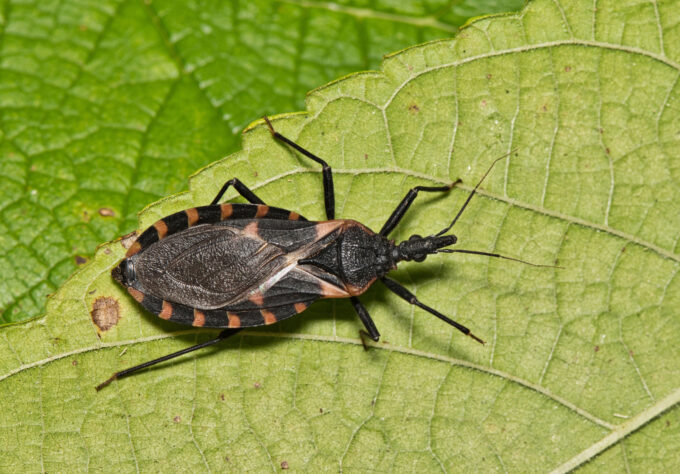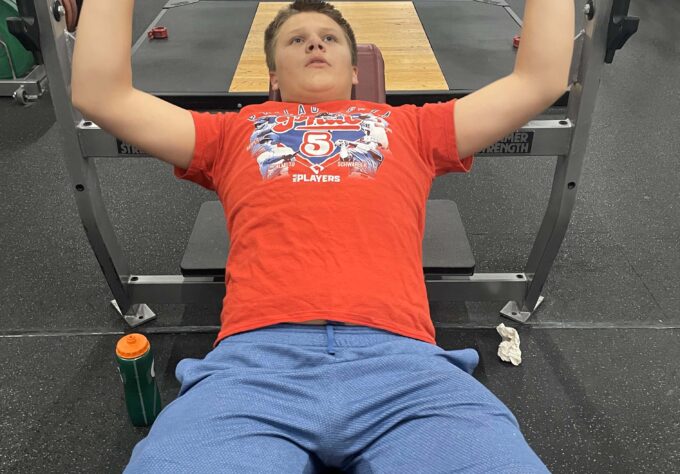Sudden cardiac arrest is nothing new, but it still gets plenty of attention when it affects a young athlete—usually because it’s so rare, unexpected and tragic. We’re all familiar with the stories of seemingly healthy teenagers collapsing on the field or court and succumbing to cardiac arrest. It’s estimated that between 6,000 and 8,000 young people experience sudden cardiac arrest (or SCA) each year, and only about one in 10 survive.
The exact causes of SCA vary widely. Abnormalities in the heart or genetic conditions are often to blame, though there are times in which a definite cause is never found. In all cases, something causes the heart to unexpectedly beat out of control or stop beating altogether.
Sudden cardiac arrest is so dangerous because it’s so hard to predict. But if the symptoms are recognized immediately, lives can be saved.
Symptoms of SCA include:
- Collapse
- Lack of pulse
- No breathing
- Unconsciousness
The Challenge of Preventing Sudden Cardiac Arrest
High school athletic programs typically require their athletes to complete a yearly physical to participate in sports programs. In most cases, the physicians who conduct the physical do not have a specific pre-screening process to follow. The American Heart Association, however, recommends a 14-step pre-screening process during an athlete’s yearly physical. This process includes a deeper analysis of the family history.
Why aren’t cardiac tests required in an athlete’s yearly physical? While the AHA does not mandate tests like electrocardiograms (EKGs) prior to sports participation, this is a source of ongoing debate. The AHA states that potentially life-threatening cardiac conditions are rare in young athletes and, therefore, do not justify the cost of a pre-participation EKG. Others contend that the cost of an EKG is minimal, and it significantly enhances the ability to diagnose a potentially life-threatening cardiac abnormality. The AHA has urged all physicians conducting physicals to have a specific patient family history done to try and rule out the possibility for a rare heart disease. If, during a physical, the physician notices signs that are worrisome, they would then refer the athlete to a specialist for further testing.
Saving Lives with Rapid Treatment
Once a young person experiences SCA, quick action is necessary to save that child or teenager’s life. Without the circulation of oxygenated blood, serious damage and death can occur in minutes.
- Call 911.
- Begin CPR.
- Use a portable automated external defibrillator (AED).
Today, only 15 states require automated external defibrillators on school campuses. Only some of these states require that a defibrillator be present on sport fields. This means that more than 30 states do not require these devices on an athletic field, where teen athletes are at the highest risk of suffering a sudden cardiac arrest.
Keeping Your Child Safe
Even when you child has passed their physical, it’s important to be observant. As the season progresses, look out for signs that your child may be struggling.
Pay special attention if your child:
- Complains of chest pains, faints, or gets dizzy during or after exercise
- Has a heart murmur the physician has already warned you about
- Tires more easily than his/her friends when exercising
Make sure your child’s school has an AED on the campus and near the sport field. If you notice any athlete faint, immediate attention is important for their survival.



